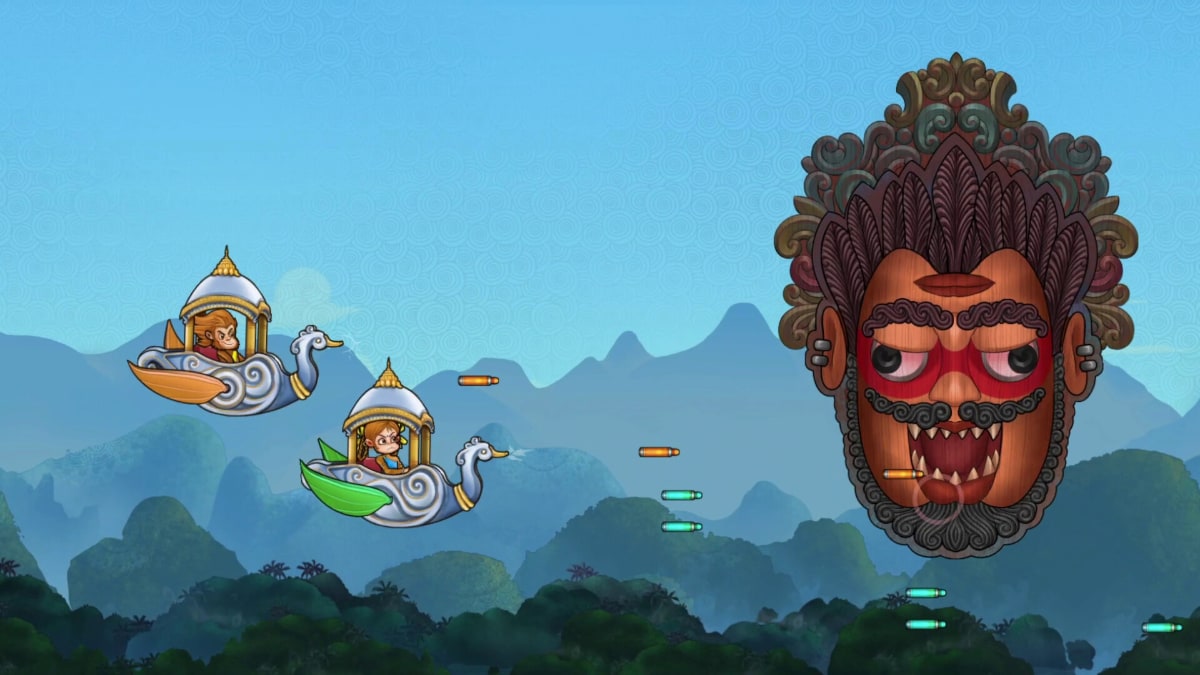Now Reading: The Evolution of Color: How Earth’s Vibrant Palette Came to Be
-
01
The Evolution of Color: How Earth’s Vibrant Palette Came to Be
The Evolution of Color: How Earth’s Vibrant Palette Came to Be

A Colorful Journey Through Time
Imagine an Earth that was once a world of dull, muted colors—browns, greys, and greens. Fast forward millions of years, and today, our planet is alive with a rich array of hues. From the vivid feathers of peacocks to the bright blooms of flowers, Earth’s transition from drab to vibrant is a fascinating story of evolution. But what sparked this explosion of color, and why did it happen?
The Birth of Vision and Color
The journey to a colorful world began over 600 million years ago with the evolution of vision. Early organisms, like single-celled bacteria, first developed the ability to distinguish light from dark. This basic visual skill helped them detect environmental changes, such as the direction of sunlight. As time passed, more advanced visual systems evolved, allowing organisms to perceive a broader spectrum of light.
Around 500-550 million years ago, trichromatic vision— the ability to see three distinct wavelengths like red, green, and blue— began to emerge in some species. This change occurred during the Cambrian explosion, a period when life on Earth diversified rapidly. The first creatures to develop trichromatic vision were arthropods, including insects and crustaceans.
Later, vertebrates also gained this ability, around 420-500 million years ago. This gave ancient animals an edge in navigating their environments and detecting predators or prey more effectively than those with monochromatic vision.
The Rise of Color in Plants and Animals
While vision evolved to detect a wider range of light, the first burst of conspicuous color on Earth came from plants. Early plants began producing colorful fruits and flowers to attract animals that could help with seed dispersal and pollination. Over 300 million years ago, fruits in shades of red, yellow, and blue began to appear, co-evolving with seed-dispersing animals, like early mammals.
Around 140-250 million years ago, flowers and their pollinators emerged. The rise of flowering plants in the Cretaceous period, over 100 million years ago, led to an explosion of color as flowers developed even brighter hues to attract pollinators like bees, butterflies, and birds.
In contrast, animal coloration came much later. Before about 140 million years ago, animals were mostly muted in browns and greys. Vibrant color in animals evolved to serve various purposes, including attracting mates, deterring predators, and establishing dominance. Sexual selection played a major role in this development.
The Role of Dinosaurs and Poison Frogs in Color Evolution
Dinosaurs provide some of the most striking evidence of early animal color. Fossilized melanosomes in feathered dinosaurs like Anchiornis reveal vivid red plumage, likely used for display to attract mates or intimidate rivals. Similarly, fossilized scales from a ten-million-year-old snake suggest early use of color for signaling or camouflage.
One of the most interesting cases of color evolution is seen in poison frogs. These amphibians display bright hues like blue, yellow, or red to warn predators of their toxicity. Known as aposematism, this use of color helps predators associate these vibrant colors with danger. However, not all toxic animals follow this rule—some species, equally toxic, use camouflage instead. The choice between bright warning signals and camouflage often depends on local predator behavior and the energy costs of producing color.
Color Vision in Humans and Other Species
While many mammals are dichromatic (seeing fewer colors), most primates, including humans, have trichromatic vision. This enhanced ability likely helped our ancestors locate fruit in forests and may have played a role in social signaling. Interestingly, different species perceive color in unique ways. For instance, pollinators like bees can detect ultraviolet patterns in flowers that are invisible to humans, highlighting how color is tailored to meet the specific needs of each species.
Color in a Changing World
Earth’s color palette is still evolving. Climate change, habitat destruction, and human activities are shifting the selective pressures that influence color patterns in nature. For example, some fish species exposed to polluted waters have lost their vibrant colors due to toxins disrupting pigment production. As the world continues to change, we may see even more shifts in how color manifests in nature.
A Legacy of Color
From the ancient seas where trilobites first saw the world in color, to the dazzling displays of modern animals and flowers, Earth’s colorful world is the result of millions of years of evolution. Each splash of color tells a story of survival, reproduction, and adaptation. As we continue to study the evolution of color, one thing is certain: life on Earth will keep painting its vibrant canvas, and the future holds even more surprises.
What do you think the future of Earth’s colorful world will look like? Share your thoughts below!























